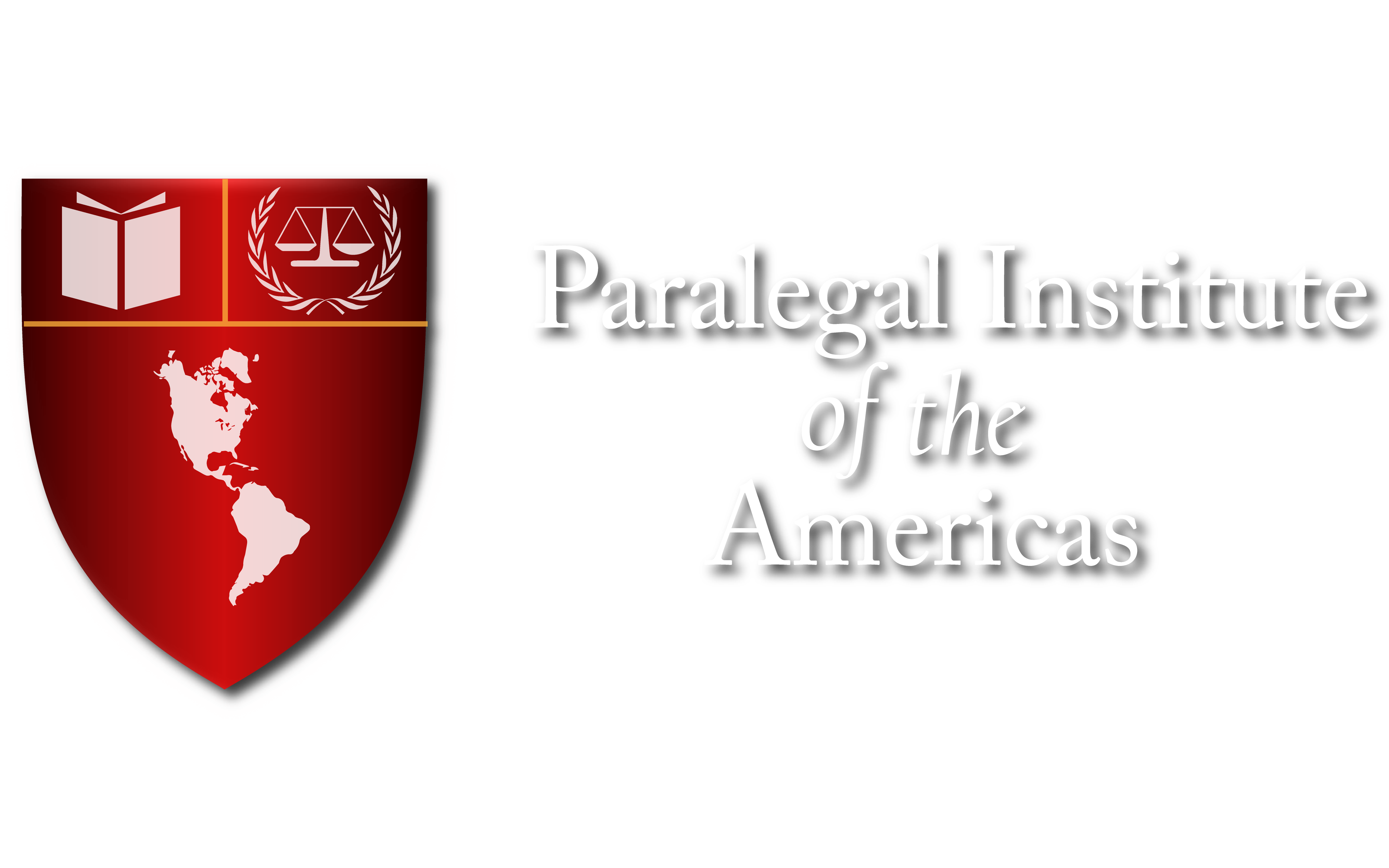
Increase in the Unauthorized Immigrant Population in the U.S.
The unauthorized immigrant population in the United States has reached its highest level in recent history. According to the Migration Policy Institute (MPI), as of mid-2023, an estimated 13.7 million unauthorized immigrants resided in the U.S., a significant increase from 12.8 million the previous year. This growth is attributed to multiple factors, including the rise in irregular arrivals at the U.S.-Mexico border and the expansion of humanitarian entry programs.
You may also like: “H-1B Visa Registration Period for FY 2026”
Key Factors Driving Immigration Growth
Between 2019 and 2023, the unauthorized immigrant population in the U.S. grew by 3 million people, averaging an annual increase of 6%—a rate not seen since the early 2000s. The main contributing factors include:
- Influx of migrants from Latin America and the Caribbean: Venezuela, Colombia, Cuba, Ecuador, and Nicaragua are among the leading countries of origin for new unauthorized immigrants.
- Entry through humanitarian pathways: Tens of thousands of individuals from Ukraine, Haiti, and other nations have arrived under temporary humanitarian permits.
- Overstaying visas: A significant number of tourists and temporary workers have remained in the U.S. beyond the authorized period of their visas.
Mexico: An Irregular Migration Pattern
Unlike the steady increase in unauthorized immigrants from other regions, Mexican unauthorized migration has fluctuated. While it peaked at 7.8 million in 2007, it dropped to 5.3 million in 2021, before rising again to 5.5 million in 2023. Economic instability and local violence in Mexico have contributed to this renewed migration trend.
Diversification of Immigrant Origins
Although Mexico remains the largest source of unauthorized immigrants, the proportion of individuals from Central and South America has risen significantly:
- Central America: The unauthorized immigrant population from this region grew by 1.7 million between 2019 and 2023.
- South America: An increase of 729,000 individuals was recorded, with Venezuela, Colombia, and Ecuador leading the surge.
- Caribbean: Thousands of Haitians and Cubans have entered under humanitarian parole programs.
A Shift in Migration Dynamics
The U.S. immigration system faces an unprecedented challenge due to the surge in arrivals and the backlog of asylum cases. Millions of immigrants have been released into the country while awaiting immigration hearings, which can take years to be resolved.
Additionally, the use of humanitarian parole, which allows for temporary entry under specific conditions, has contributed to the rise in unauthorized immigrants. Since these individuals do not hold permanent legal status, they are still classified as “unauthorized” under MPI methodology.
Conclusion
The increase in the unauthorized immigrant population in the U.S. reflects profound shifts in global migration dynamics. With an increasingly diverse range of nationalities at the southern border and an overburdened immigration system, this trend is expected to continue evolving in the coming years. Effectively managing this phenomenon will be critical for U.S. immigration and economic policy in the near future.
From: https://www.migrationpolicy.org/news/unauthorized-immigrant-population-mid-2023
For more information on these topics, visit Paralegal Clases’ social media pages and join our live sessions every Wednesday.
Instagram: @Paralegalclases
Facebook: Instituto Paralegal de las Américas
Youtube: Instituto Paralegal
Tiktok: @Paralegalnews
Tag:AMÉRICA LATINA, Caribe, Centroamérica, Cuba, Ecuador, EE.UU., Ghana, HAITI, Kenia, MPI, Sudamérica



